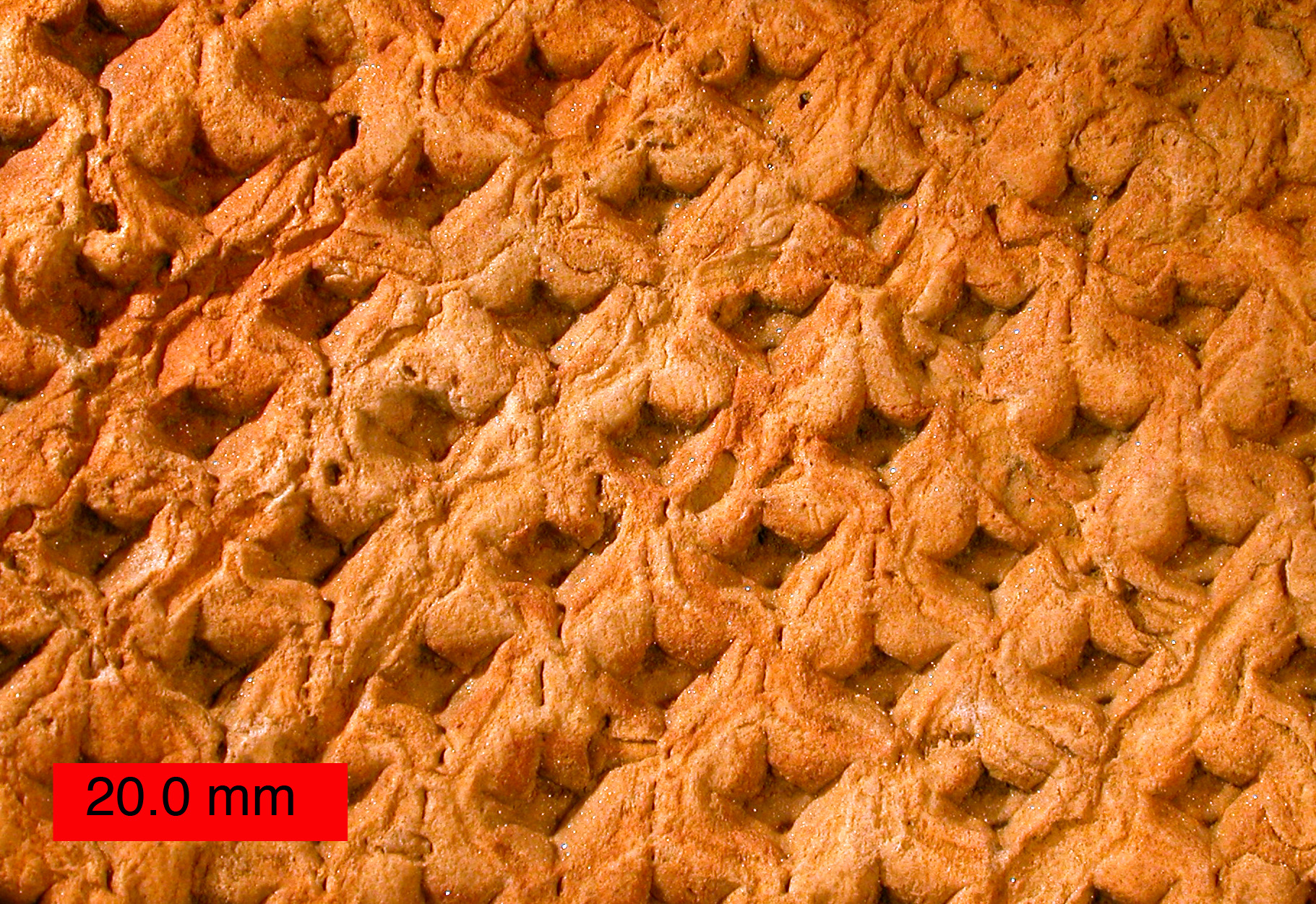Figure I: Highly Technical Diagram of the Lepidodendron from an Important Paleobotanist
Good time of day, loyal subscribers!
It is I, your Humble Scribbler, back to rummage around my le Cabinet de Curiositiés to find an entertaining and crypto-factual story to tell you. Today I bring you a tale from the darkest antediluvian past, another installment of my "Un-natural History of Plants" series. No, it is not "Coffee: Years of Change," nor even "The Humble Century Plant Redux."
Instead, I shall regale you with the saga of the Lepidodendron, King of the Carboniferous Forest. Perhaps you know our tree-like friend better as the Scale Tree, or maybe this is your first acquaintance with the greatest of Club Mosses. Mosses, you say? This fossilized behemoth looks no more like the north side of your favorite key-concealing rock than your Humble Scribbler resembles a classic, 1950s-style robot programmed to exterminate. It is, in fact, more closely related to those infamous fern-allies, the Quillworts.
Figure II: Cleverly faked waffle-iron replica for the black market or genuine Lepidodendron fossil destined for a museum? Only Dr. Mark A. Wilson, the Lewis M. and Marian Senter Nixon Professor of Natural Sciences at the College of Wooster, Wooster, Ohio knows for sure!
But no matter. The Lepidodendron was the dominant tree-sized plant 300 million years ago, during the Paleozoic ("old-animal") era. Not actually a tree in the modern sense, it was closer to a giant herb, lacking rings or even real wood but making a great garnish to giant, dinosaur-sized Flintstone salads. Much like that friend-of-man, the fern, the Lepidodendron reproduced by spores instead of seeds. Because of their prolific reproduction, these towering flora grew in large stands of at least a thousand specimens per acre. Their "bark" had pores that absorbed carbon dioxide, and was green, unlike the rough-skinned yet tender-hearted "modern" "trees" that we know and love.
The Earth began to yield its six-thousand-year-old antediluvian treasures in the nineteenth century, including the fossilized bark of the Lepidodendron. Unearthed by enterprising carnival barkers, many of whom were also amateur paleontologists, traveling fairs across our fair continent exhibited these relics of the ancient past as the fossilized SCALY SKIN of GIANT PREHISTORIC SNAKES as part of their own similarly misinformed and pseudoscientific cabinets of curiosities.
Figure III: A nineteenth-century midway advertisement for the Giant Snake Tree, infamously promoted by Victorian carnival barkers
Ascribing to the "live fast and die young" model of behavior, Lepidodendron lived only for around ten Human Earth Years. The Scale Tree was eventually crowded out in the Darwin Olympics by the new kids on the block, gymnosperm (seed-bearing) trees like that boon to the elderly, Ginkgo Biloba, and the two-leafed Namibian curiosity Welwitschia. But mourn not for poor Lepidodendron! Its relatives, the qullworts and club-mosses, survive down to this very day. (I have some in my greenhouse!)
Figure IV: A Scale Tree for the modern age.
Well, I'm going to put some Lepidodendron logs on the fire, prepare some pine-needle tea, and sit back for a nice, relaxing evening of alchemical experiments. May your fern always be your ally, dear readers!





j
ReplyDelete